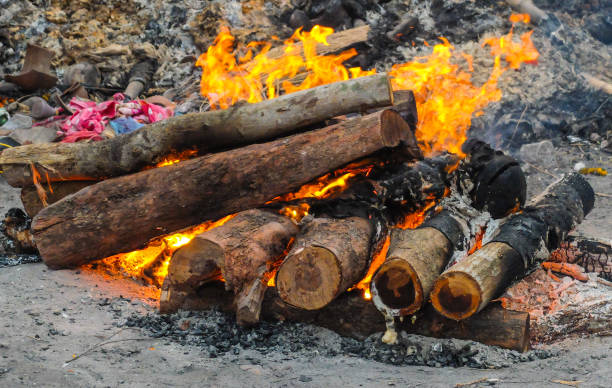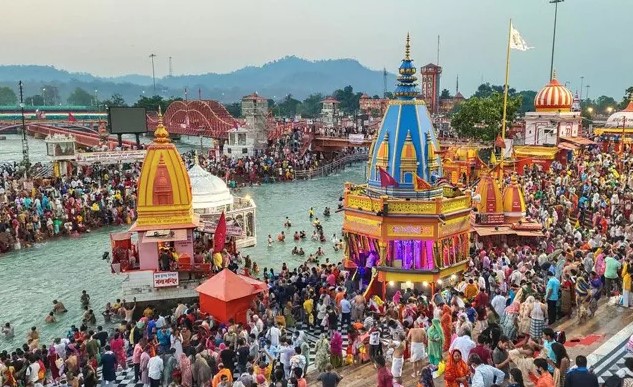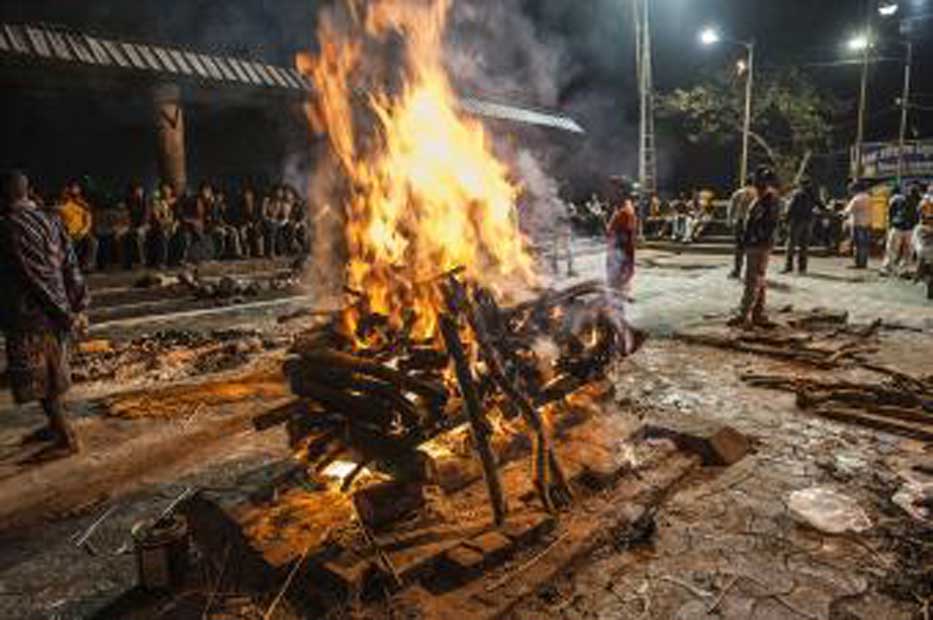Holi Puja Rituals of Holi, Holika Dahan
Holi heralds the arrival of spring after winter. It signifies the victory of good over evil and is celebrated as a day of spreading happiness and love. People also celebrate the festival as a thanksgiving for a good harvest.
People celebrate the Hindu “festival of colors,” Holi, on the last full moon day of the Hindu lunisolar calendar month,
which usually falls in early March.
Ancient ritual of Holi festival are religiously followed every year with great enthusiasm and Safety.
The Holi festival is an ancient Hindu festival with its cultural rituals. Apart from playing colors, Holi Dahan is a major attraction of Holi.
It is Dola Purnima and Fagu Purnima in Nepal.
Read Ramayana | Bhagwad Gita | Chanakya niti
Holi was originally a festival to celebrate the start of Spring, good harvests and fertility of the land. The first mentions of it date back to a poem from the 4th century.
. Indian emperor Harsha described Holi in a 7th-century Sanskrit play called “Ratnavali.”
“Witness the beauty of the great cupid festival which excites curiosity as the townsfolk
are dancing at the touch of brownish water thrown …
Harsha wrote, “Everything is colored yellowish-red and rendered dusty by the heaps of scented powder blown all over.”
Holi Puja – Holika Dahan …
The story is that there was once a king who resented his son, Prince Prahlada, worshipping Lord Vishnu.
He tries to murder the prince on several occasions but fails each time.
Finally, the king’s sister Holika, believed to be immune to fire, sits with the boy inside the flames.
However, the prince emerges unhurt, while his aunt burns in the fire and dies.
Holi Dahan commemorates this event, and people burn huge bonfires on the eve of Holi
as a symbolic representation of Holika’s cremation.
The festival also celebrates the eternal love of Krishna and Radha, and so, people celebrate Holi over 16 days
in Vrindavan and Mathura—the two cities closely associated with Lord Krishna.
People from all groups whether young, old, children use with colors, colored solution and water guns, water balloons filled with colored water, and other creative means to color their each other.
Read Ramayan here
People perform Holika Puja before Holika Dahan, and they announce Holi after consulting the Hindu Panchang.
It is important to perform Holika Dahan at the right time as doing it at the wrong time might bring misfortune and suffering
कहा जाता है कि चमकीले रंग का पाउडर और पानी फेंकने की परंपरा कहां से आई है?
दो हिंदू देवताओं, राधा और कृष्ण के बीच प्रेम कहानी। The vibrancy of colors is something that brings in a
lot of positivity in our lives and Holi being the festival of colors is actually a day worth rejoicing. People celebrate Holi, a famous Hindu festival, with utmost joy and enthusiasm in every part of India. The ritual starts by lighting up the bonfire one day before
the day of Holi and this process symbolizes the triumph of good over the bad.
On the day of Holi people play with colours with their friends and families and in evening they show love and respect to their close ones with Abeer.
As the tradition of throwing brightly colored powder and water is said to come from
the love story between two Hindu gods, Radha and Krishna.
भगवान कृष्ण को चमकदार नीली त्वचा और किंवदंती के रूप में प्रसिद्ध रूप से चित्रित किया गया है
The legend has it that Lord Krishna, famously depicted with bright blue skin, was sad because he didn’t have a fair complexion like Radha.
Read Bhagwad Gita here
He told his mother about this and she suggested that instead of wishing for fair skin, he should instead smear Radha with paint, so they both have coloured skin; hence the tradition of trying to ‘colour’ others as a sign of affection at Holi.
The colours of the powders have symbolic meanings.
Blue represents Krishna, Red represents love and fertility, green symbolizes spring
and new growth and yellow is the color of turmeric, a spice native to India and a natural remedy.
Bhang a traditional Indian drink often consumed during Holi, mixed with creamy lassi or thandai.
During Holi it’s all about sweet treats, presumably to keep up everyone’s energy with all that powder throwing.
Gujiya, flaky pastry parcels filled with dried fruit, served with sugar syrup, malpua and thandai, a sweet, milky drink flavored with the likes of cardamom, saffron, fennel seeds and rosewater.
Holi – Mon, 25 Mar, 2024.
होली का त्योहार वास्तव में अत्यंत रंगीन और उत्साहजनक होता है। यह हिन्दू धर्म का महत्वपूर्ण त्योहार है जो वसंत ऋतु के आगमन का समय मनाता है। इस त्योहार को “रंगों का त्योहार” भी कहा जाता है, क्योंकि लोग इसे रंगों के खेल और प्रेम का प्रतीक मानते हैं।
होली के दिन, लोग एक-दूसरे पर रंग फेकते हैं, गुलाल लगाते हैं और मिठाईयों का सेवन करते हैं। यह एक खुशहाल और मनोरंजन से भरपूर दिन होता है, जिसमें लोग एक-दूसरे के साथ खुशी से मिलते हैं और एक-दूसरे के साथ प्यार और समरसता का भाव बढ़ाते हैं।
साथ ही, होली का त्योहार धार्मिक और सांस्कृतिक आयाम भी होता है। होली के दिन होलीका दहन किया जाता है, जिसमें हिन्दू पौराणिक कथा के अनुसार होलिका और प्रह्लाद के बीच युद्ध की कथा को स्मरण किया जाता है। यह त्योहार भी बुराई पर अच्छाई की जीत का प्रतीक है।
सम्पूर्ण रूप से, होली का त्योहार एक अद्वितीय और रोमांचक अनुभव होता है जो लोगों को साथ लाता है और एक-दूसरे के साथ प्यार और समरसता की भावना को मजबूत करता है।




